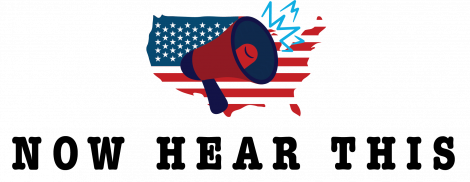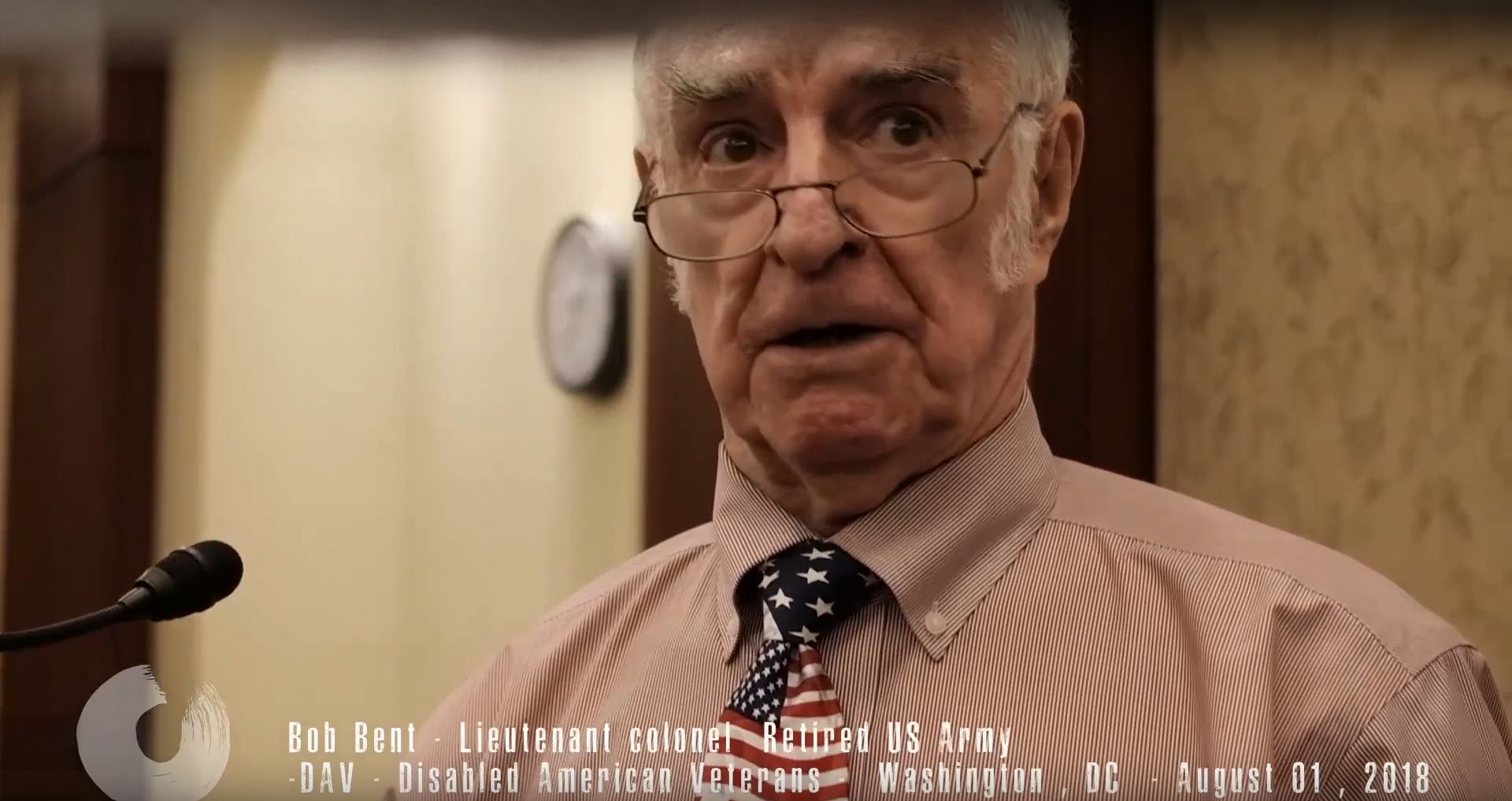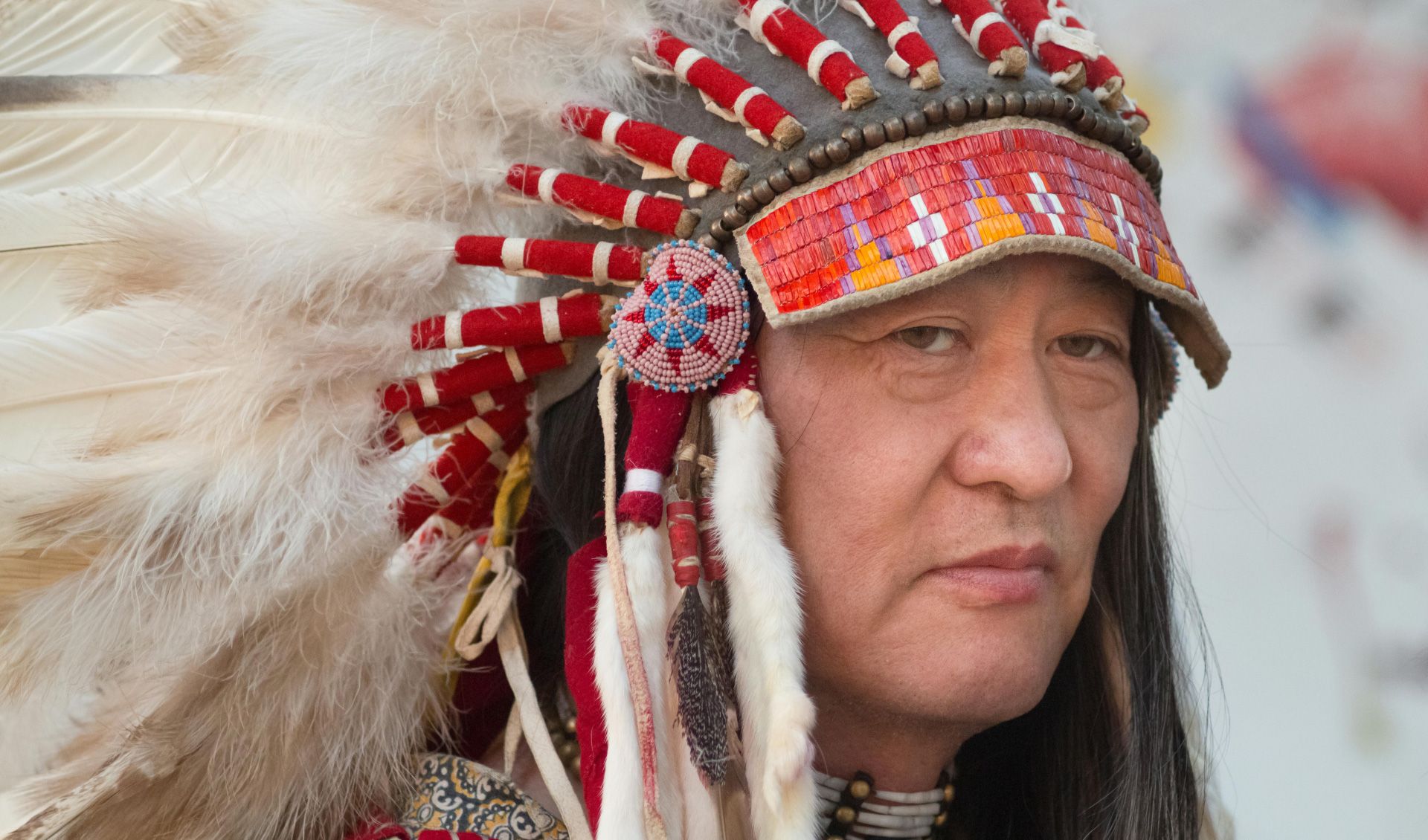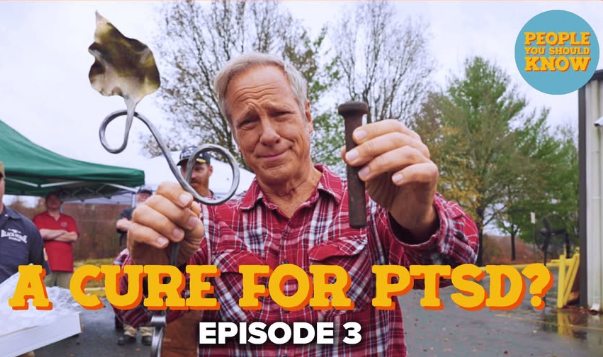Publisher's Corner

Guest Viewpoint
The American Foundation for Suicide Prevention and Zero Suicide - Meet the Staten Island Military, Veteran, Family (SMVF) Task Force!
Native American and Minority Veterans Face Devastating Debt While Tribal Media Struggles

Indian Voices and other Native publications must survive to tell the stories mainstream media ignores
Over three-quarters of military families carry debt, but for Native American veterans, this crisis hits hardest—compounding centuries of systemic inequalities while the very media outlets that could expose this injustice fight for survival.
The Perfect Storm
Native American veterans face the steepest financial climb in America. With median wealth of just $5,700 compared to $65,000 nationally—barely 9% of the average—they enter civilian life already behind. Native families experience poverty at 19.7% versus 5.9% for white families, with unemployment at 6.2% compared to 3.2% for whites.
Military service doesn't level this playing field. Veterans carry 7% higher unsecured debt than civilians, roughly $400-$500 more on average. With 32,882 veterans experiencing homelessness and 31% reporting service-connected disabilities limiting earning capacity, Native American veteran status creates a devastating perfect storm.
African-American and Hispanic veterans face similar compounding barriers. Black graduates carry $25,000 more student debt than white graduates, while 32.5% of Hispanic veterans delay marriage due to financial stress. These minority communities—representing 22% of all veterans—see their service-related sacrifices multiplied by systemic inequalities.
The Media Crisis Within the Crisis
Here's the tragedy: the very publications equipped to tell these stories are disappearing.
Indian Voices, published by Rose Davis, exemplifies this struggle. Despite serving as a crucial voice for Native communities, the paper battles constantly for survival due to insufficient financial support from readers and advertisers.
This isn't just about one publication. Only 2% of media workers are veterans, though 7% of Americans served. Mainstream outlets lack both veteran representation and cultural competency to cover these complex intersections of military service, racial inequality, and economic injustice.
"There are too many dense and complex issues within military communities for any one person to be an expert," notes the Military & Veteran Affairs Reporting Guide. Native publications like Indian Voices possess irreplaceable community knowledge and trust that corporate media can never replicate.
What's at Stake
When Native media struggles, entire communities lose their voice. Indian Voices and similar publications understand that veteran debt isn't just a "military issue"—it's housing, education, healthcare, and fundamentally, a sovereignty issue.
When Native veterans lose homes to debt collectors, it impacts tribal economic development. When they can't access medical care, it affects entire communities.
As the veteran population diversifies—minority representation projected to grow from 23% to 34% by 2040—these authentic voices become even more critical.
The Urgent Need
Independent Native media offers what mainstream outlets cannot: community connection, cultural competency, sustained engagement, and authentic voice. Writers and editors who live in and understand the communities they serve make invisible connections visible and actionable.
Publications like Indian Voices need more than survival—they need support to thrive and lead coverage of veteran debt issues. Advertisers must recognize their importance beyond profit margins. Readers must subscribe to support professional journalism that honors their culture while addressing contemporary crises.
With 80.7% of military families reporting financial stress, this isn't a niche issue—it's a community health crisis. The question is whether Native media will receive the support needed to provide the journalism this crisis demands, or whether these crucial voices will disappear just when they're needed most.
Support Native media outlets like Indian Voices. The survival of these publications determines whether veteran debt stories reach the communities that need them most.
The End Veteran Debt website features Now Hear This, where news by veterans and about veterans is featured. www.EndVeteranDebt.org.





